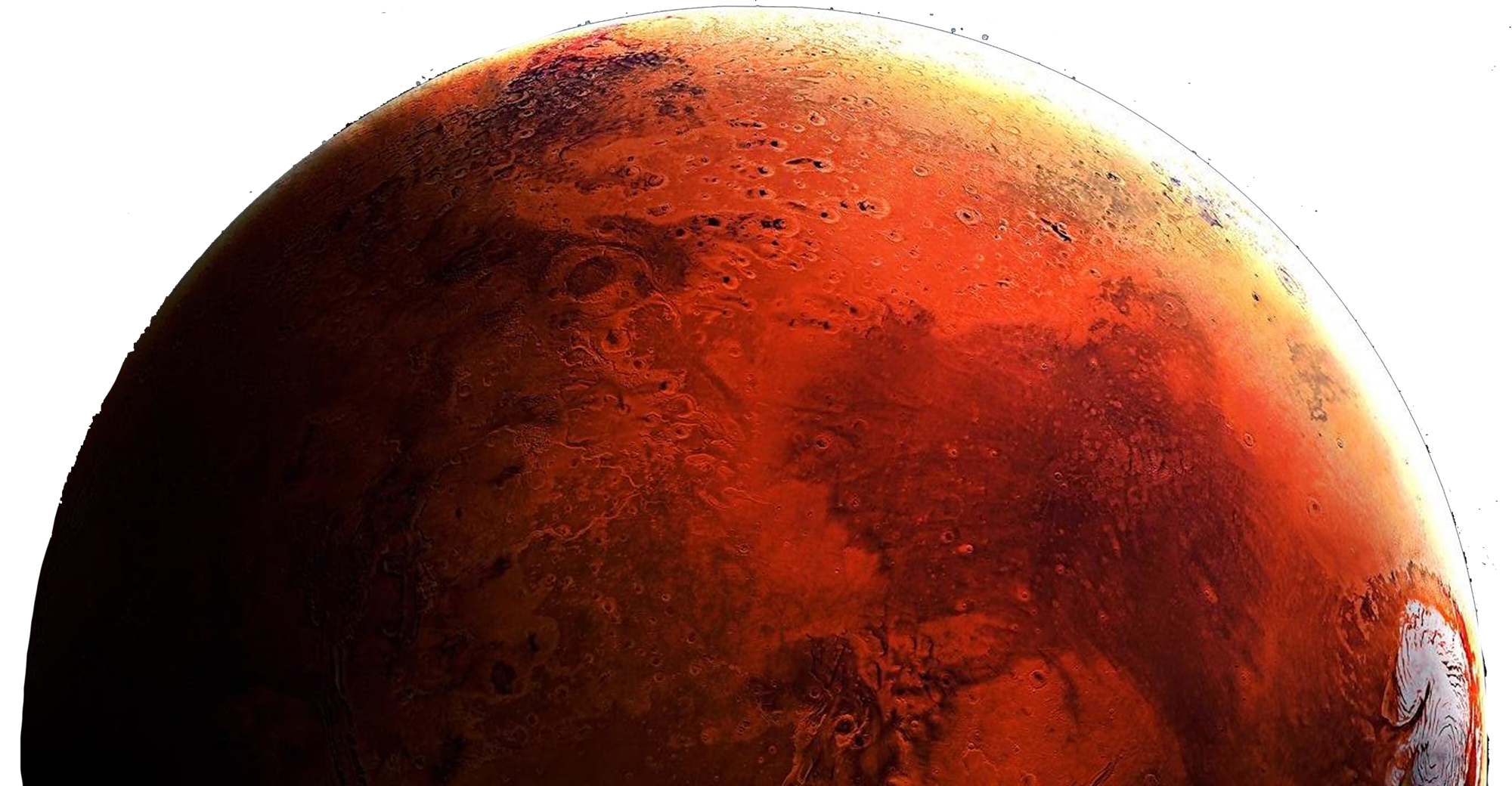The Promising Future of Space Exploration

Landed “Curiosity Rover” in Mars
In 2012, NASA landed the Curiosity Rover in Mars’s Gale Crater, making it most technologically complex rover ever created. It is equipped with photographic instruments that have captured incredible images of this lonely planet and it is able to take rock and dust samples. The rover has found evidence of organic matter that could mean the planet once supported microbial life. The rover has a twitter account in which the public is able to see what it is up to, and the images it has captured.
Completed the International Space Station
The international space station was fully completed in 2011, and has allowed astronauts to maintain continuous presence in space throughout the decade. The construction of this space ship is is arguably the greatest scientific achievement of the century. It is the result of the work of many international teams working together overtime. The station is a venue for scientific research from experimental cancer drugs to understanding dark matter.


First Photograph of a Black Hole
A large team of astronomers achieved a task that was thought to be impossible: Capture an image of a black whole in deep space. This was thought to be impossible because black holes absorb anything that comes their way, including light. Taking this iconic image required the use of radio telescopes from different places around the world, including Hawaii and Antartica.


Reusable Rockets by SpaceX
Space X was able to develop the first rocket to be able to launch into space and safely land back in earth. This dramatically reduces the cost of every launch, eliminating the need to constantly building new rockets, and making space travel more affordable.

Voyager 1 Reaches Interstellar Space
In the late 70s, NASA scientists launched the Voyager 1 space probe into deep space. For decades, the voyager traveled through our solar system gathering data about near planets. In 2012, the probe officially left our solar system and entered interstellar space, where it is no longer within reach of the Sun’s solar wind. It is the first ever human made object to leave our galaxy, and it is expected to continue its mission until 2025.
